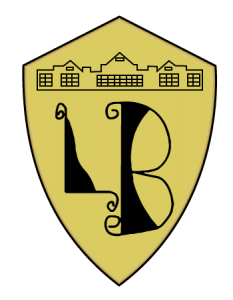Art and Design
Intent, Implementation, and Impact Statement
Intent
At Lord Blyton Primary School all children follow a broad and balanced curriculum that includes the ten National Curriculum subjects and Religious Education.
Our aims in teaching art are that all children learn to:
· Find enjoyment in art and creativity.
· Hold a positive self-image and confidence.
· Discover a sense of purpose and fulfilment in artistic expression.
· Appreciate a wide range of artists and art works.
· Experiment with a range of media.
· Use a range of materials and techniques competently.
· Develop their observation and description skills.
· Express ideas and feelings through creative work and in both two and three dimensions.
· Value and respect their work and the work of others.
· Discuss their work using appropriate vocabulary.
We regard art as an important subject because:
· Artistic creation can provide fulfilment throughout life.
· Artistic observation can heighten perceptions.
· Art can contribute to cultural understanding.
Implementation
Art and Design is an integral part of the school curriculum and is embedded into the planning and may be taught discretely or as part of a wider topic. Teaching and learning time is managed effectively to allow children to work on sustained pieces of work. Each year group will participate in one art and design project per term that will be thematically and subject linked where possible and appropriate. These are documented on a long-term curriculum map.
EYFS
In the Early Years Foundation Stage pupils are given the opportunity to explore texture, colour, shape, form and space. They develop their imagination and creativity and begin to investigate the qualities of materials and processes. They begin to use colour and shape to express themselves. They investigate the use of pattern and texture to represent ideas or emotions.
Key Stage 1
At Key Stage 1 pupils develop their skills further through increasing their knowledge and understanding of materials and techniques, environments and their own identity and experiences. At this stage pupils use colour, shape, pattern, and texture to express their emotions and ideas. They begin to ask questions and learn about other artists and art from a variety of cultures. They explore how the art was made, what it was made from and their thoughts and feelings regarding each piece.
Key Stage 2
At Key Stage 2 pupils develop their creativity further by increasing their knowledge, skills and understanding of materials and processes. Pupils’ experiences at this stage enable them to understand the diverse functions of art in the wider world. Pupils learn to improve their use of tools and become confident in using a variety of techniques. Pupils increase their awareness of the purposes of art from historical periods and begin to ask themselves about the purpose, creation, materials, and significance of a variety of art works.
Impact
We measure the impact of out art curriculum using various formative methods of assessment, including self and peer assessment. Children are able to evaluate one another’s’ work, offering constructive advice and points of development. Children’s work will be evidenced using floor books, on-going sketch books and classroom displays.
The intended impact of the Art Curriculum is that the majority of children in each year group are working at or above the expected level for their age.
In addition, it is the intended impact that the children:
- Are inspired by the Art Curriculum and want to learn more. Their enquiry skills are improved as is their inquisitiveness about the world around them
- Show the progression in their skills, knowledge and understanding in the work in their books.
- Can discuss the learning and remember what they have learnt.
- Can use technical vocabulary with accuracy.
- Can identify some key artists and talk about their work.

